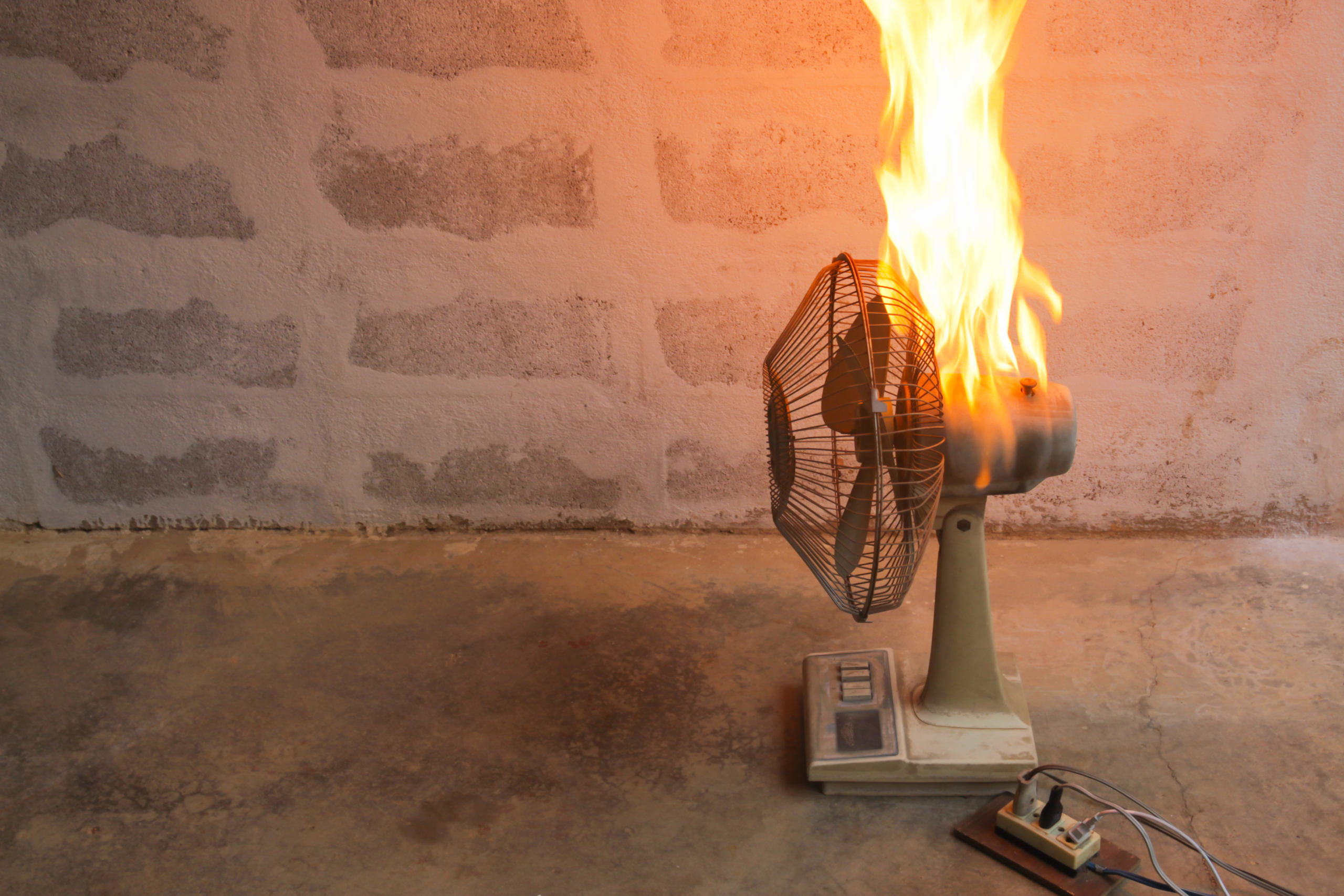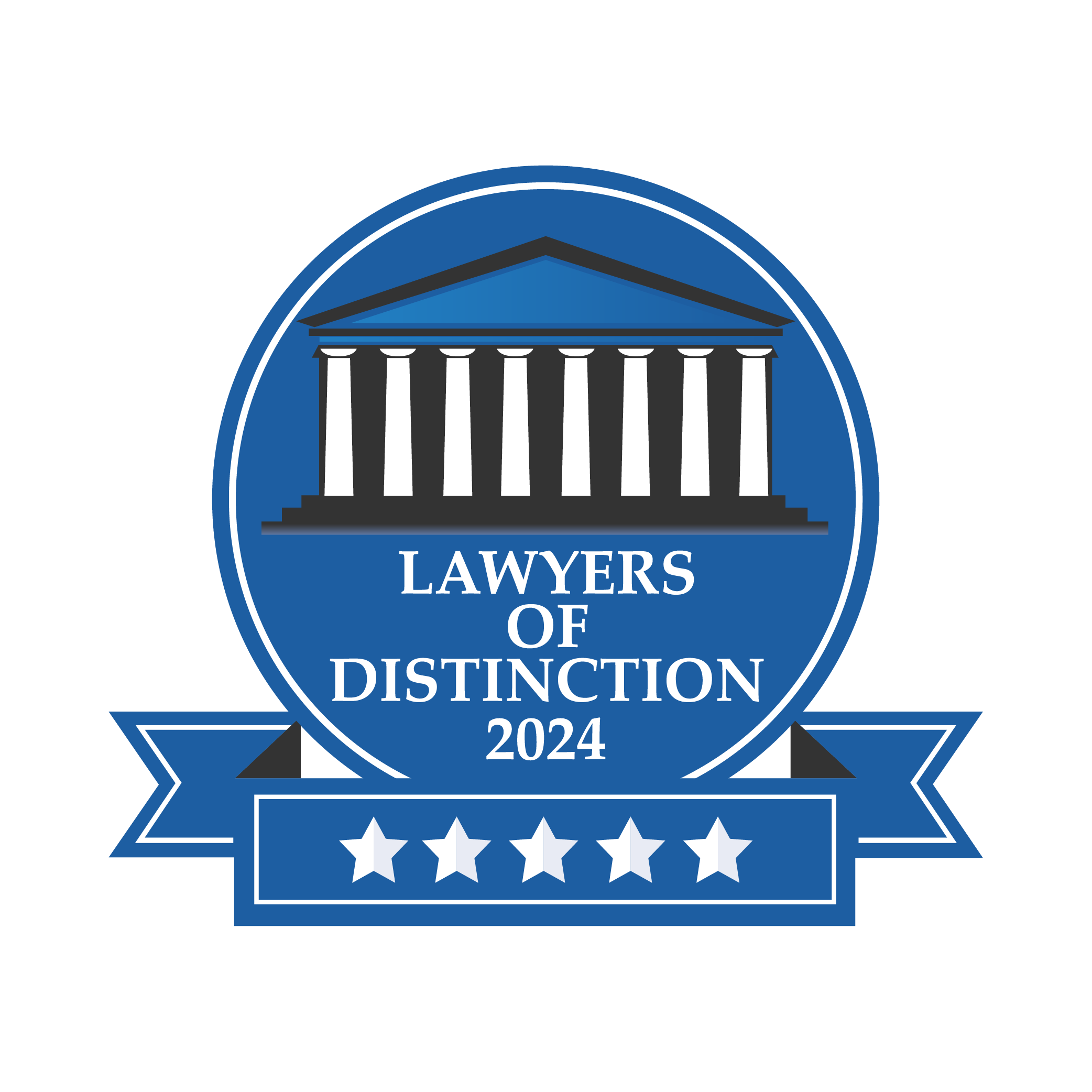
If you’ve ever been injured or hurt from using a product, you may want to consider a product liability claim. Manufacturers, distributors, retailers, and others are held accountable for injuries sustained to the public. They must ensure all reasonable precautions are taken to prevent such injuries. There are three categories of product liability:
- Manufacturing defects
- Design defects
- Labeling defects
In this article, we’ll explore in detail what the product liability definition is and the three categories of product liability. We’ll also discuss the actions you should take if you suffered injuries from a product.
What is product liability?
What does product liability mean? Product liability law deals with manufacturers or sellers being held liable for injuries sustained by consumers from the usage of unsafe products. While each state has its various nuances, all states essentially require you to prove the following components for a successful product liability tort case:
- The product caused harm or injury.
- The product is defective.
- You were using the product for its intended purposes.
Compensation for damages can include medical expenses, lost wages, and property loss. Additionally, general damage claims, such as pain and suffering and loss of consortium (i.e. loss of companionship or emotional support), can also be awarded. Product liability differs from most other personal injury claims since, for the most part, it operates on the theory of ‘strict liability’ rather than ‘negligence.’ The burden of proof is much lower for a strict product liability case as you don’t need to demonstrate negligence on the part of the manufacturer. Strict liability only focuses on the defective product and whether it was the cause of the injuries.
Categories for Product Liability Claims
Manufacturing Defects
A product liability claim can be made based on defects in manufacturing. This type of product liability is not concerned about how well-designed the product was or how stringent safety protocols were. If somewhere along the manufacturing process, a product was poorly built or a mistake was made resulting in injuries, the manufacturer can be liable. An example could be an incorrectly installed brake pad in a vehicle that caused a car accident. Assuming there were no safety flaws in the design, and it was just that one particular car in the line of production, the plaintiff could make a case based on a manufacturing defect.
Design Defects
Liability claims based on design defects occur when inherent flaws on the design of the product cause injuries. The product plans and designs, rather than the manufacturing process, is the key focus in this type of liability claim. While manufacturing defects typically only affect a small number of products, design defects can affect every product made. Here are some examples of design defects:
- Excessive overheating of phone batteries risking explosion
- Sunglasses that don’t protect the eyes from UV rays
- Nail gun misfiring due to faulty design
- Pharmaceutical drug produces unintended side effects
The courts will determine whether manufacturers took reasonable measures to mitigate against risks the product poses to the public. Certain states may require the plaintiff to prove that a safer alternative design would alleviate these risks.
Labeling Defects
Also known as warning or marketing defects, a product could be designed and manufactured safely and appropriately. However, if the labeling was insufficient to warn consumers about the risks associated with using the product, a product liability lawsuit could be initiated against the manufacturers. Essentially, the manufacturer must provide the following two pieces of information to the consumer:
- Any risks or dangers that may occur as a result of using the product
- Instructions on how to properly use the product and ways to mitigate these risks or dangers
Note that not all instances require safety labeling. Warning or labeling is generally required when danger is not obvious to the user of the product. For instance, labeling may not be necessary for ordinary household scissors. While sharp and the danger of hurting yourself may be present, these dangers are obvious enough for any reasonable users without any requirement for warnings.
Contact a Product Liability Attorney
One of the first things to do when you’ve been injured by using a product is to contact a product liability attorney. Technical specifications of products and industry jargon can be difficult for regular consumers to understand. A personal injury attorney will thoroughly investigate the cause of your injuries. Whether it’s through a defect in the design, manufacturing error, or inadequate labeling, an experienced attorney will use their legal knowledge to come up with the best available options. An attorney will also consult with product experts for technical insights to fight your case. Manufacturers may have large legal teams backing them up, so it’s imperative for you to get professional representation to help navigate through the legal system.
Valiente Mott
Here at Valiente Mott, we strive to help personal injury victims during dire situations. Dealing with injuries is already quite an uphill battle. Our Nevada personal injury attorney team helps you manage product liability claim forms, court appearances, and other investigative activities relevant to your case. If you’re looking for an experienced attorney to help fight for your best interests, contact us today! We offer a free consultation, and you won’t need to pay unless we win your case. [/av_textblock] [/av_one_full]

